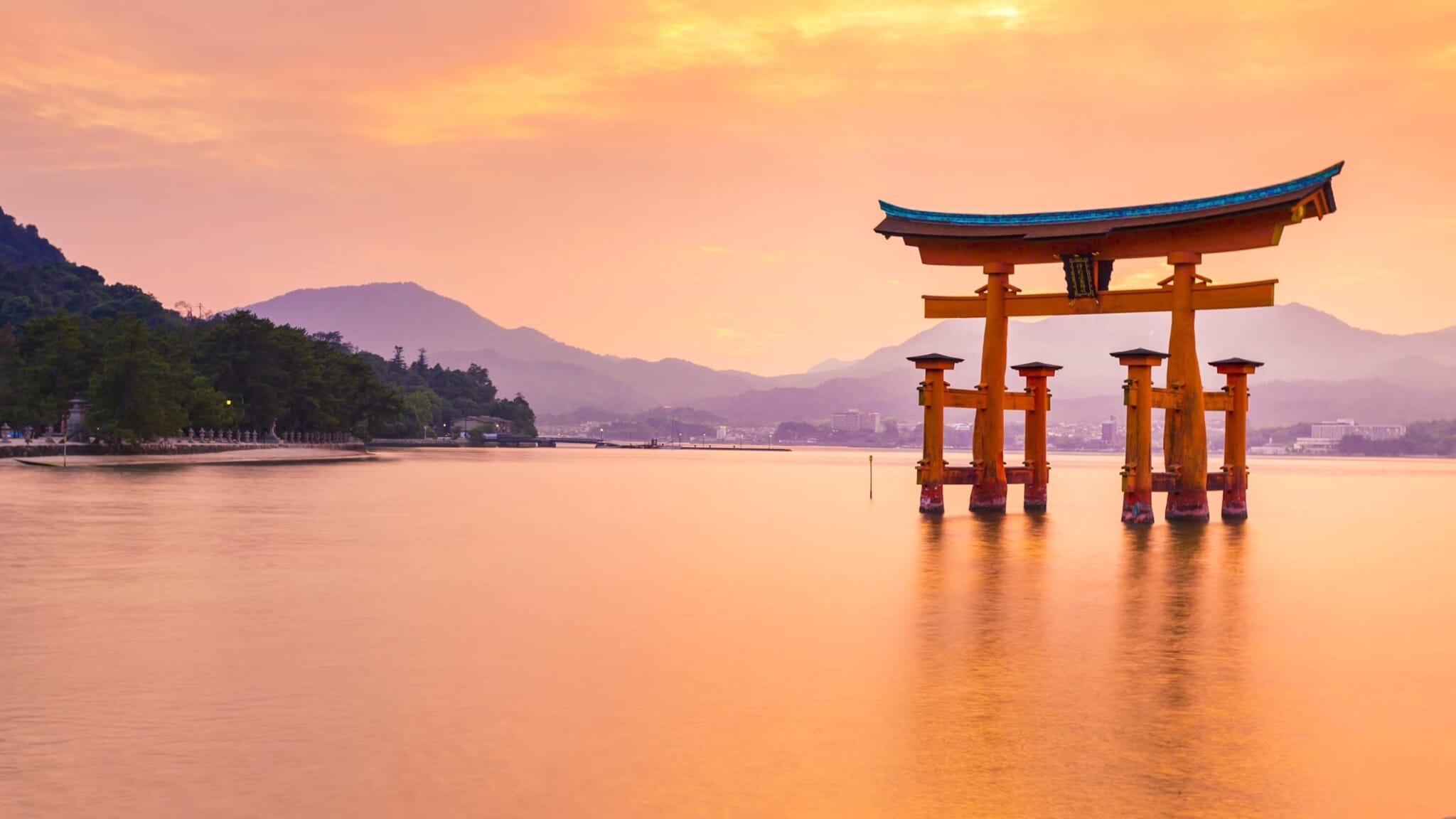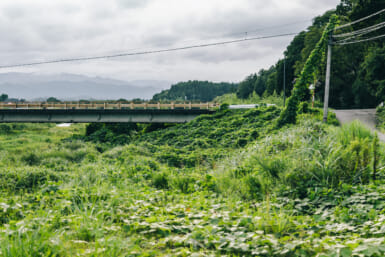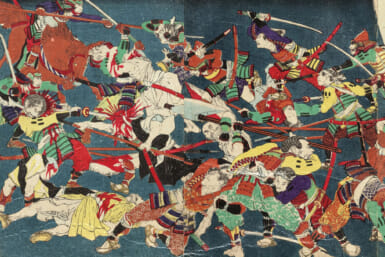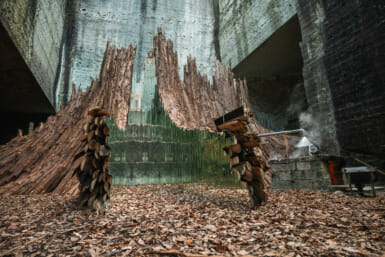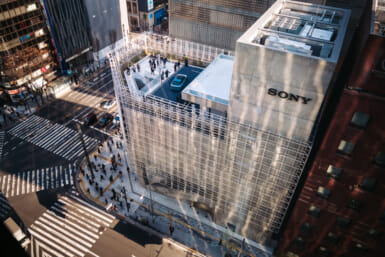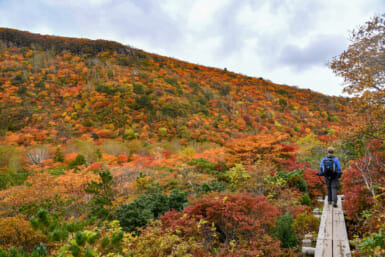For centuries, the Japanese have identified their most beautiful places, gardens, festivals and temples, celebrating the country’s top scenic and cultural treasures. Among these, the Three Views of Japan, or Nihon Sankei, hold a special honor as the nation’s ultimate trio of stunning landscapes.
In the 1600s, the neo-Confucian philosopher Hayashi Gaho (also known as Hayashi Shunsai) roamed the country and handpicked three locations — Matsushima in Miyagi Prefecture, Amanohashidate in Kyoto Prefecture and Miyajima in Hiroshima Prefecture — that he declared Japan’s most beautiful. These spots blend natural wonder with cultural depth, and they’ve been celebrated for centuries in Japan’s art, poetry and storytelling.
Each location showcases a unique landscape and marine culture, thanks to its connection with a different body of water, namely the Pacific Ocean, the Sea of Japan and the Seto Inland Sea. Put together, they serve as an alluring invitation to travelers and lovers of beauty — a chance to journey across Japan in search of aesthetic bliss.
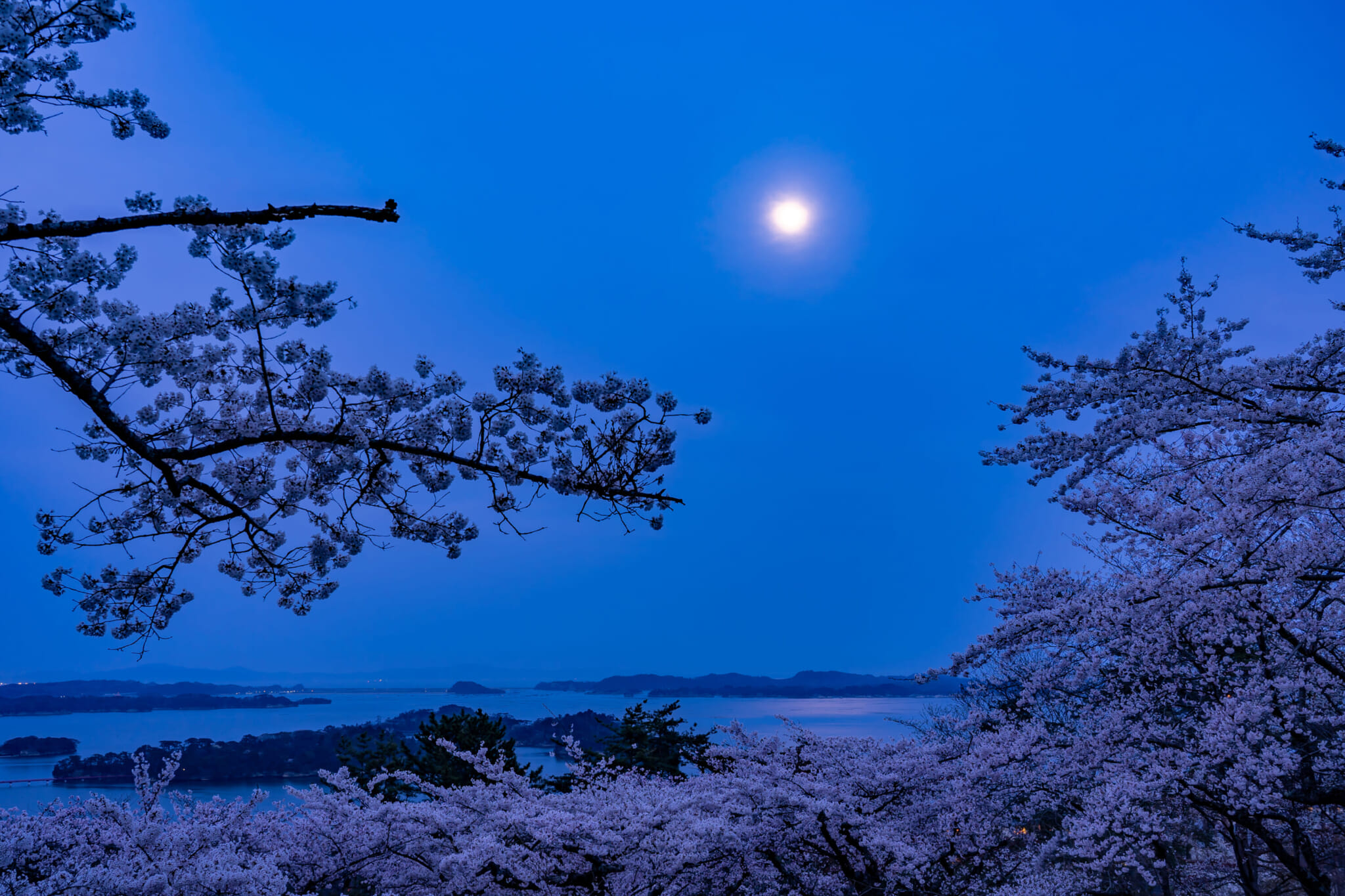
Matsushima Bay, Miyagi Prefecture
Nestled along the coast of Miyagi, Matsushima Bay offers a sweeping vision of over 260 islands scattered across the sea, each topped with windswept pines. This iconic landscape has inspired poets like 17th-century haiku master Matsuo Basho, who famously fell silent in admiration, unable to capture its beauty with words. Matsushima is breathtaking year-round, with each season casting its own magic across the bay.
Spring adorns the landscape with cherry blossoms that add a vibrant contrast to the pine-dotted islets, while summer ushers in warm breezes and the Umi no Bon festival, featuring lively coastal festivities like Bon dances, taiko drum performances and the floating of paper lanterns over water. In mid-autumn, when the sky is clear, the moonlight transforms Matsushima Bay into a glittering silver pathway. You can soak in this nocturnal splendor from prime spots, including Saigyo Modoshi no Matsu Park and the Kanrantei Tea House, which was once a moon-viewing pavilion of the legendary samurai Date Masamune. Winter cloaks the islands in a peaceful hush, with occasional snow creating a scene that feels untouched by time.
For an immersive view, visit Godaido Temple, perched on a small island connected to the mainland with vermillion lacquered bridges. Nearby, Zuiganji Temple offers its own sense of timelessness with intricate wood carvings of real and mythical creatures, alongside tranquil meditation caves that invite reflection.
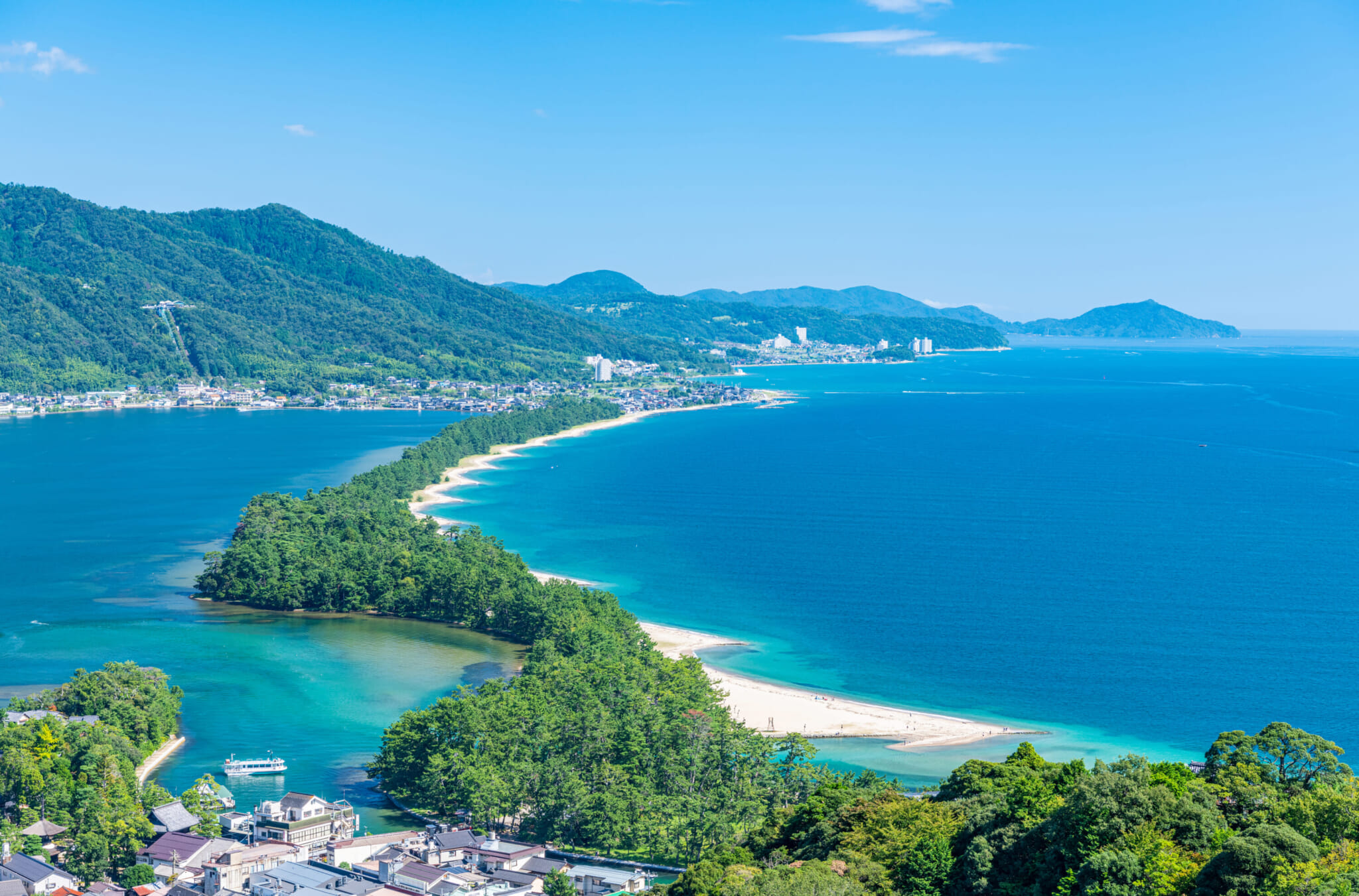
Amanohashidate, Kyoto Prefecture
Kyoto’s Amanohashidate, meaning “bridge to heaven,” is a striking sandbar covered with thousands of pine trees stretching elegantly across the mouth of Miyazu Bay. Its long, sweeping form has been likened to a dragon ascending from the water. From the observation deck in Kasamatsu Park, visitors can try the local custom called matanozoki — peering at the sandbar upside-down through their legs for a whimsical, gravity-defying effect that makes the sandbar appear to reach toward the sky.
Nearby, Chionji Temple, a revered site within the Rinzai school of Zen Buddhism, enshrines Monju Bosatsu, the Buddhist deity of wisdom. A favorite pilgrimage spot for students and scholars across Japan seeking blessings for intellect and academic success, the temple offers a tranquil atmosphere and is adorned with fan-shaped fortunes that visitors hang among the area’s pine trees.
Spring here brings cherry blossoms that beautifully frame the view of the sandbar, while summer offers a lively scene perfect for cycling, swimming and the Amanohashidate Monjudo Voyaging Out Ceremony in July, where lanterns are raised near the shore of Chionji Temple and accompanied by a profusion of fireworks. Winter’s occasional snow adds a soft, magical quality to the landscape, especially enchanting when viewed from Amanohashidate View Land, a hilltop amusement park.
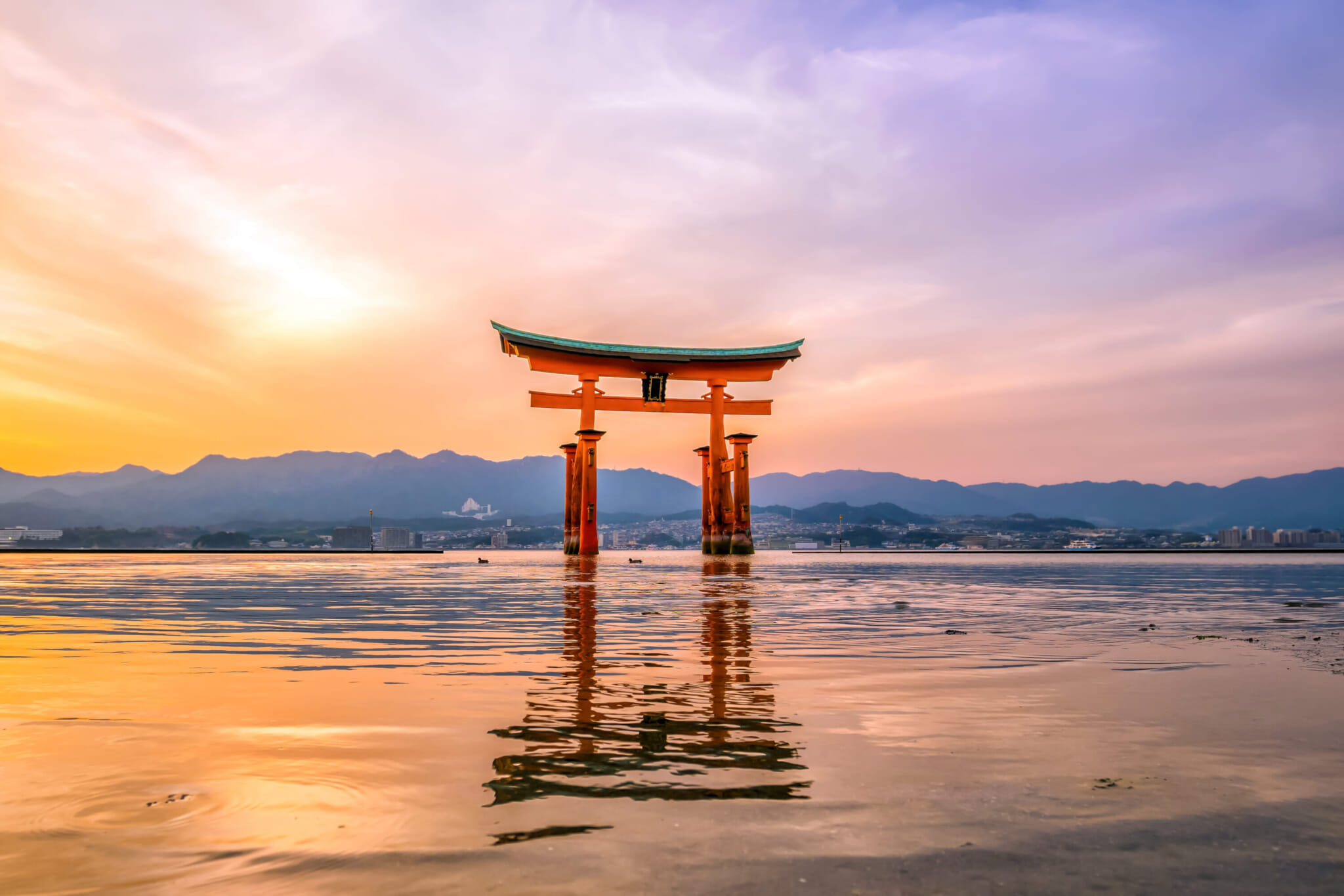
Miyajima, Hiroshima Prefecture
Just an hour away from Hiroshima city, Miyajima, officially known as Itsukushima, is famed for the “floating” torii gate of Itsukushima Shrine. At high tide, this shrine gate appears to float on the waters of the Seto Inland Sea, creating one of Japan’s most iconic sights. A sacred site in Shintoism, the island was historically regarded as so holy that it was separated from the shrine itself to preserve its sanctity. As a result, the shrine’s entrance — the massive red torii — was built offshore.
Today, the island is home to around 2,000 residents and a population of friendly, free-roaming deer that adds to its charm. In spring, cherry blossoms blanket the island in soft pink hues, framing the shrine in a picture-perfect scene. Summer sees the lively Kangen-sai festival, where traditional boats and melodies celebrate the island’s maritime heritage. During autumn, the island’s Momijidani Park becomes a fiery masterpiece, with maple trees painting the landscape in vivid reds and oranges. During winter, snow occasionally dusts the island, adding a serene beauty to the shrine and the slopes of Mount Misen rising behind it.
For those seeking adventure, Mount Misen offers a rewarding escape. Hike its scenic trails or take a cable car to the summit, where panoramic views of the Seto Inland Sea provide a breathtaking conclusion to a day on this mystical island.

